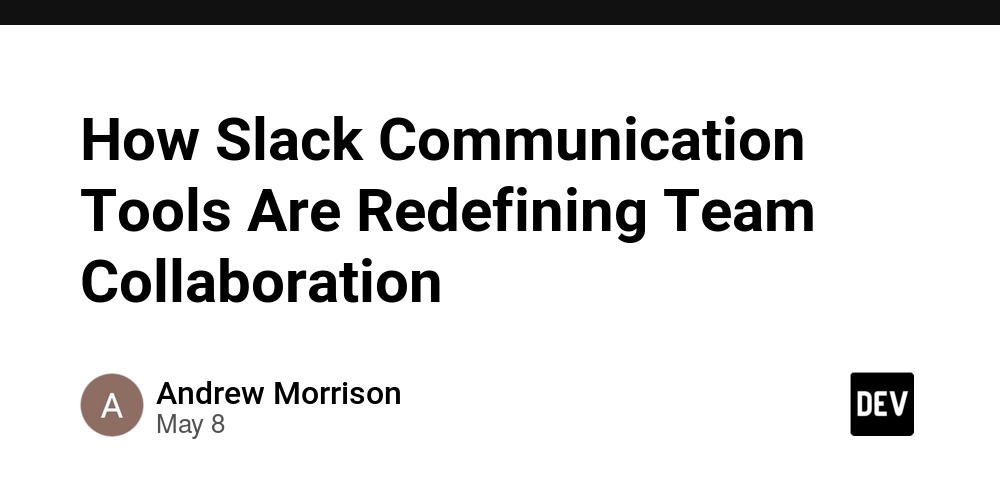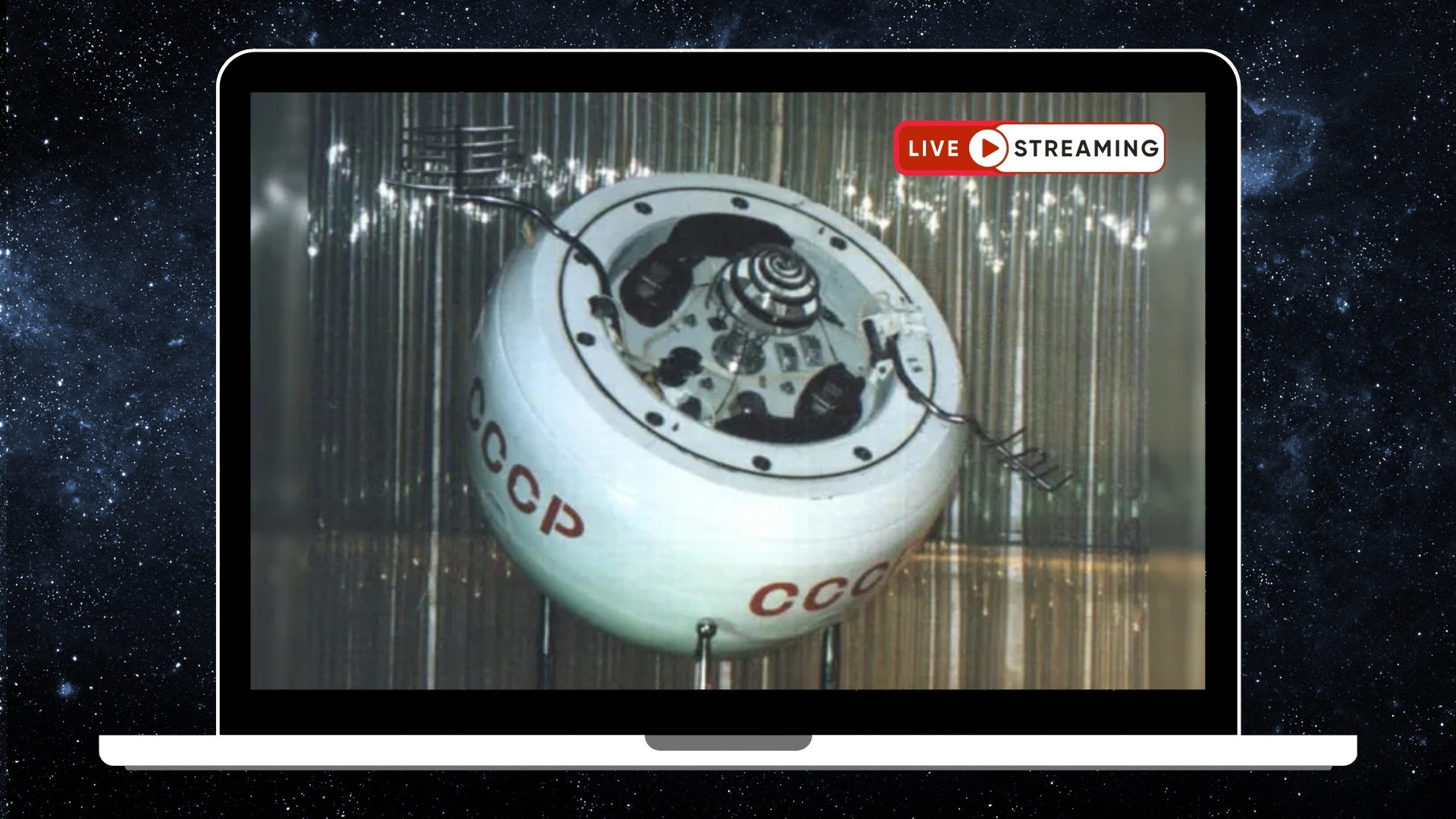How Slack Communication Tools Are Redefining Team Collaboration
Seamless communication is more than a luxury—it's a necessity. As remote work becomes mainstream and hybrid offices continue to thrive, the tools that enable collaboration must evolve to meet the demands of modern teams. One platform, in particular, stands out for revolutionizing how we interact at work: Slack. More than just a messaging app, Slack has matured into a dynamic ecosystem of communication tools that drive productivity, foster real-time collaboration, and shape inclusive work environments. The Evolution of Workplace Communication Historically, teams relied on email for most business communication. While email still plays a role, its limitations—delayed responses, difficulty managing threads, and lack of real-time interaction—make it less ideal for fast-moving projects. As teams began to adopt agile methods and cross-functional collaboration became the norm, the need for immediate, fluid communication platforms became critical. Slack emerged as a game-changer in this context. Introduced in 2013, it quickly gained traction among startups and eventually became a staple in companies of all sizes, from small teams to Fortune 500 enterprises. Its intuitive interface, searchable message archives, and ability to integrate with a wide range of tools—from Google Drive to Asana—make Slack an indispensable part of the modern workflow. Slack: More Than Just Chat Slack is not just a place to send messages; it’s a hub for organized team interaction. Channels allow teams to segment conversations by topic, department, or project, reducing the chaos of scattered communication. Whether it's the marketing team planning a campaign or engineers debugging a release, Slack ensures that relevant conversations are accessible and contained. Real-time messaging boosts responsiveness, while features like thread replies, emojis, and file sharing enhance clarity and engagement. The ability to create custom workflows and bots further streamlines communication, reducing the need for repetitive administrative tasks. Slack also empowers asynchronous communication—critical for global teams working across time zones. With features like scheduled messages and pinned highlights, teams can stay aligned even when working hours don’t overlap. Integrating Tools for Unified Collaboration One of Slack’s most powerful features is its ability to serve as a central command center by integrating with hundreds of third-party applications. Need to hop on a video call? Slack connects directly with Zoom or Microsoft Teams. Want to track bugs or customer issues? Integrate Jira, Trello, or Zendesk. This extensibility helps break down silos and creates a single space where work happens. The Slack communication tool becomes even more powerful when integrated with automation apps. Whether it’s setting reminders, sharing calendar invites, or automating routine stand-up updates, teams can reduce context switching and focus on higher-impact work. These integrations foster not only productivity but also team alignment and transparency. Creating a Culture of Inclusion Through Slack Beyond functionality, Slack is also transforming company culture—especially in the realm of inclusivity. With more communication happening in writing, there’s an opportunity to build intentional, respectful dialogue that creates psychological safety for all employees. This is where tools like Allybot step in. Allybot is a Slack integration that helps teams become better allies by promoting inclusive language. It gently flags problematic phrases and suggests alternatives, encouraging a more thoughtful and respectful communication style. Whether you’re a team leader, HR manager, or a new hire, Allybot fosters awareness and helps organizations align their daily interactions with their values. Incorporating Allybot into your Slack workflow not only reduces the likelihood of unintentional bias but also signals a commitment to building an inclusive workplace. Over time, this proactive approach to language can shift workplace culture and improve team morale. Measuring the Impact of Slack on Team Productivity The impact of Slack communication tools on team performance is measurable. Companies report faster decision-making, reduced reliance on meetings, and better project visibility. Teams can easily reference historical conversations, reducing redundancy and ensuring alignment. Slack’s powerful search function means that no idea is ever truly lost—valuable insights can be retrieved instantly. Moreover, the transparency encouraged by open channels creates accountability and trust. When information flows freely, teams feel empowered and informed. This openness, combined with the flexibility of customizing notifications and channel preferences, means team members can stay focused without being overwhelmed by digital noise. Slack Communication Tool and the Future of Work As we look toward the future of work, it’s clear that communication platforms like Slack are here to st

Seamless communication is more than a luxury—it's a necessity. As remote work becomes mainstream and hybrid offices continue to thrive, the tools that enable collaboration must evolve to meet the demands of modern teams. One platform, in particular, stands out for revolutionizing how we interact at work: Slack. More than just a messaging app, Slack has matured into a dynamic ecosystem of communication tools that drive productivity, foster real-time collaboration, and shape inclusive work environments.
The Evolution of Workplace Communication
Historically, teams relied on email for most business communication. While email still plays a role, its limitations—delayed responses, difficulty managing threads, and lack of real-time interaction—make it less ideal for fast-moving projects. As teams began to adopt agile methods and cross-functional collaboration became the norm, the need for immediate, fluid communication platforms became critical.
Slack emerged as a game-changer in this context. Introduced in 2013, it quickly gained traction among startups and eventually became a staple in companies of all sizes, from small teams to Fortune 500 enterprises. Its intuitive interface, searchable message archives, and ability to integrate with a wide range of tools—from Google Drive to Asana—make Slack an indispensable part of the modern workflow.
Slack: More Than Just Chat
Slack is not just a place to send messages; it’s a hub for organized team interaction. Channels allow teams to segment conversations by topic, department, or project, reducing the chaos of scattered communication. Whether it's the marketing team planning a campaign or engineers debugging a release, Slack ensures that relevant conversations are accessible and contained.
Real-time messaging boosts responsiveness, while features like thread replies, emojis, and file sharing enhance clarity and engagement. The ability to create custom workflows and bots further streamlines communication, reducing the need for repetitive administrative tasks.
Slack also empowers asynchronous communication—critical for global teams working across time zones. With features like scheduled messages and pinned highlights, teams can stay aligned even when working hours don’t overlap.
Integrating Tools for Unified Collaboration
One of Slack’s most powerful features is its ability to serve as a central command center by integrating with hundreds of third-party applications. Need to hop on a video call? Slack connects directly with Zoom or Microsoft Teams. Want to track bugs or customer issues? Integrate Jira, Trello, or Zendesk. This extensibility helps break down silos and creates a single space where work happens.
The Slack communication tool becomes even more powerful when integrated with automation apps. Whether it’s setting reminders, sharing calendar invites, or automating routine stand-up updates, teams can reduce context switching and focus on higher-impact work. These integrations foster not only productivity but also team alignment and transparency.
Creating a Culture of Inclusion Through Slack
Beyond functionality, Slack is also transforming company culture—especially in the realm of inclusivity. With more communication happening in writing, there’s an opportunity to build intentional, respectful dialogue that creates psychological safety for all employees.
This is where tools like Allybot step in. Allybot is a Slack integration that helps teams become better allies by promoting inclusive language. It gently flags problematic phrases and suggests alternatives, encouraging a more thoughtful and respectful communication style. Whether you’re a team leader, HR manager, or a new hire, Allybot fosters awareness and helps organizations align their daily interactions with their values.
Incorporating Allybot into your Slack workflow not only reduces the likelihood of unintentional bias but also signals a commitment to building an inclusive workplace. Over time, this proactive approach to language can shift workplace culture and improve team morale.
Measuring the Impact of Slack on Team Productivity
The impact of Slack communication tools on team performance is measurable. Companies report faster decision-making, reduced reliance on meetings, and better project visibility. Teams can easily reference historical conversations, reducing redundancy and ensuring alignment. Slack’s powerful search function means that no idea is ever truly lost—valuable insights can be retrieved instantly.
Moreover, the transparency encouraged by open channels creates accountability and trust. When information flows freely, teams feel empowered and informed. This openness, combined with the flexibility of customizing notifications and channel preferences, means team members can stay focused without being overwhelmed by digital noise.
Slack Communication Tool and the Future of Work
As we look toward the future of work, it’s clear that communication platforms like Slack are here to stay. The Slack communication tool continues to evolve with features like AI-powered search, workflow automation, and advanced analytics, all designed to make work more efficient and human-centered.
The real innovation lies in how Slack is being used—not just as a digital bulletin board, but as a living ecosystem that connects people, tools, and ideas. From asynchronous brainstorming to instant file collaboration, Slack enables modern teams to move faster and smarter.
And with inclusivity at the forefront of team dynamics, tools like Allybot are more important than ever. As teams diversify across geographies, cultures, and identities, respectful communication becomes a cornerstone of collaboration. Allybot helps bridge the gap between good intentions and everyday practice, encouraging teams to reflect on how they speak and support one another.
Conclusion: The New Standard of Team Communication
Slack has undoubtedly redefined the way we collaborate. By blending instant messaging with robust integrations, real-time visibility, and cultural tools like Allybot, it empowers teams to do their best work—together. In a world where work is no longer confined to an office or a 9-to-5 schedule, Slack enables the flexibility, speed, and inclusiveness that modern teams need to thrive.








































































